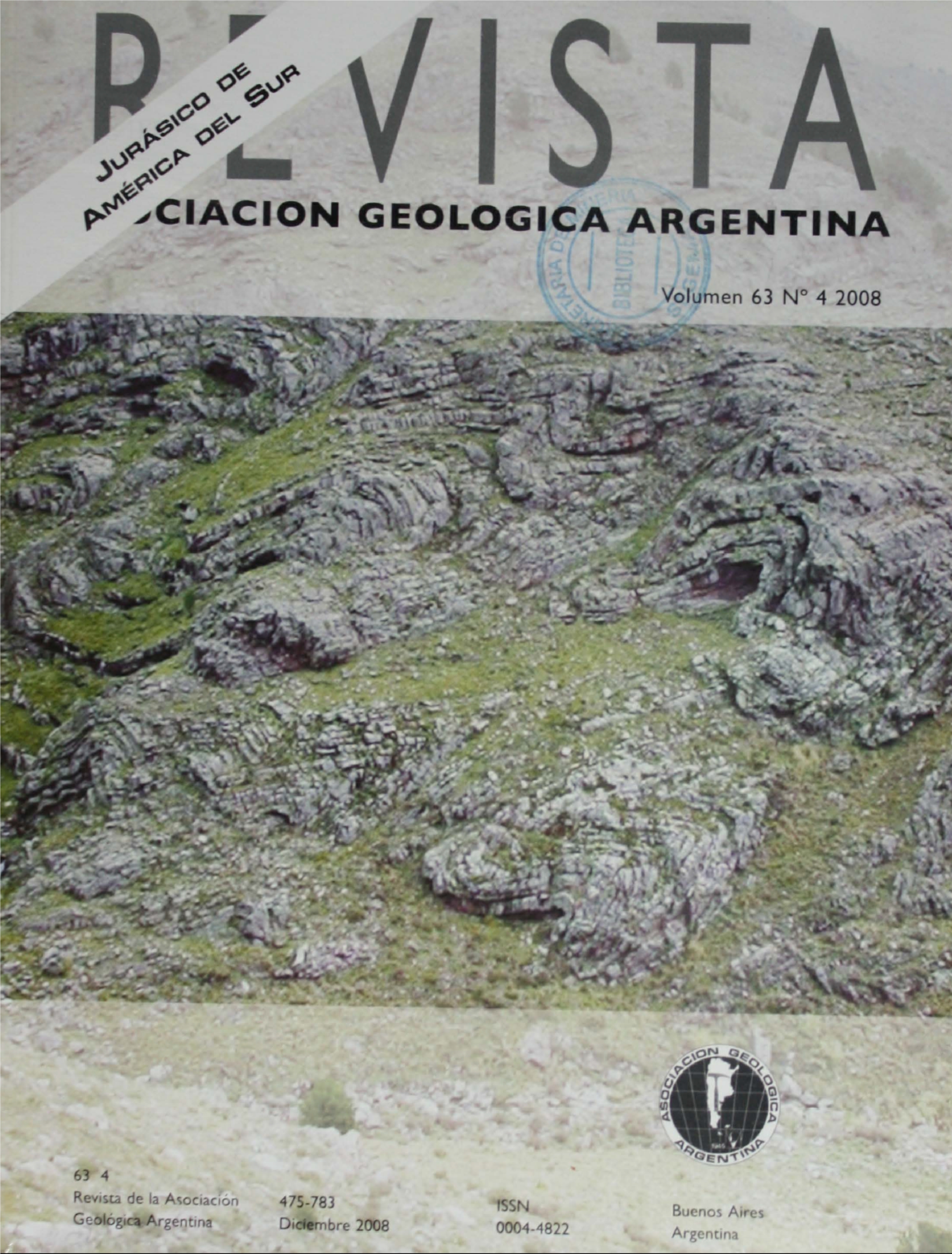Triassic-Jurassic development and evolution of the Atuel depocentre, Neuquén basin, Mendoza province
Main Article Content
Abstract
The Atuel depocentre corresponds to a Late Triassic - Early Jurassic NNW-trending subbasin, located in the northern sector of the Neuquén basin. Based on pre-existing stratigraphical data and present structural analysis we propose that the Atuel depocentre is bounded by the presence of two NNW-trending major normal faults, named Alumbre and La Manga. These faults are inferred to have controlled the development of two west-facing half-grabens: the Río Blanco, a completely emerged half-graben, and the western Arroyo Malo, a completely submerged half-graben. The structural model presented here is based on the assumption that both, the basement structural grain and the regional extension direction, exerted a first-order control in the development and evolution of the Atuel depocentre. During the early stage of rifting (pre-Rhaetian - Middle Hettangian) the pre-Triassic Alumbre and La Manga faults reactivated in an oblique mode. During the second episode of rifting, both Alumbre and La Manga faults continued to play, while WNW-trending normal fault developed in order to accommodate the strain inside both half-grabens. The third extensional event began with an abrupt marine rise inside the Arroyo Malo half-graben during late Middle Hettangian, as a result of the last displacement of the Alumbre fault, and finished with an abrupt marine drop associated with the desactivation of the La Manga fault.
Article Details

This work is licensed under a Creative Commons Attribution-NonCommercial 4.0 International License.
Nota de copyright
Los autores conservan los derechos de autor y garantizan a la revista el derecho de ser la primera publicación del trabajo licenciado según una licencia de atribución Creative Commons que permite a otros compartir el trabajo con el reconocimiento de la autoría y de la publicación en la que se publicó por primera vez.
Declaración de privacidad
Los nombres y direcciones de correo electrónico introducidos en esta revista se usarán exclusivamente para los fines declarados por esta revista y no estarán disponibles para ningún otro propósito u otra persona.

